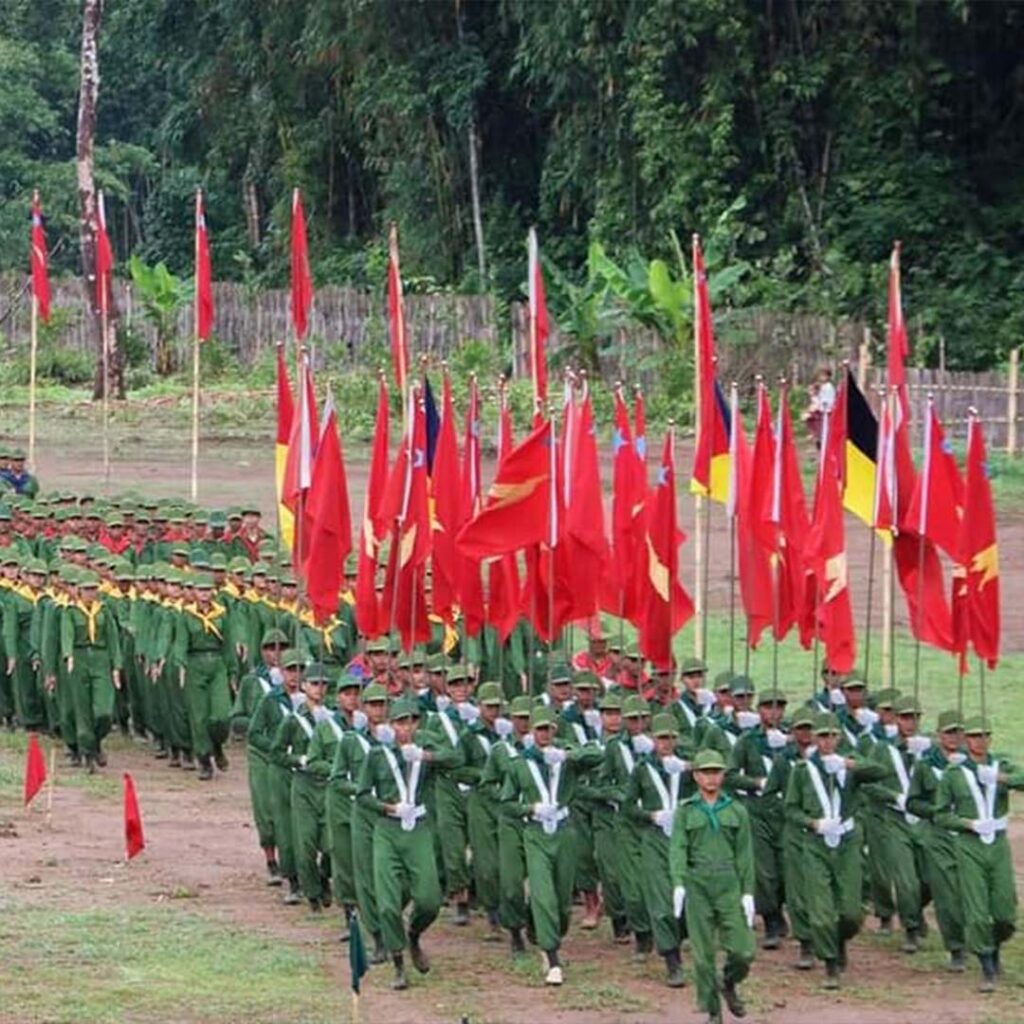In the more than four years since the military coup, various resistance forces in other states and regions have been able to capture and control territories.
In Mon State, although clashes between junta forces and Mon resistance armed groups have occurred, large-scale military operations have not yet been carried out.
According to journalist Nai Lawi Weng, for a military shift to occur, armed groups in Mon State must unite, and alliances with other ethnic armed forces are also being formed.

“For a major military breakthrough to happen, the armed groups in Mon State need to unite and fight the junta. For example, there is the NMSP (Anti-Dictatorship) in Mon State. Their main strategy seems to be forming alliances first. They’ve been talking about working with the Karen, the KNU, and the Karenni. They are also building connections with other PDFs,” he said.
He added that forming such alliances takes time. Afterward, weapons, ammunition, and manpower must be gathered to launch urban offensives, meaning that the current stage is one of preparation.
The Mon Liberation Army (MLA), New Mon State Party (Anti-Dictatorship) – NMSP (AD), Mon State Defense Force (MSDF), and Mon State Revolutionary Force (MSRF) announced on January 19 this year that they had formed the “Ramanya Joint Force.”
However, on June 19, four months after its formation, the “Ramanya Joint Force” was disbanded.
Political analyst U Kyi Myint said Mon armed groups must lead in liberating Mon State from the junta.
“It’s our duty (to liberate our state). We must take the lead for our own state’s liberation. Others are already freeing their states—Mon is the only one left,” he said.
On May 24, the NMSP (AD) and MLA announced their merger, forming the Ramanya Mon Army. After that, clashes with junta forces in Mon areas began to occur.
However, observers say large-scale offensives, such as capturing military bases or towns, have not yet been conducted. Instead, the junta continues recruitment drives for new soldiers, targeting local youth, including Mon young people.

